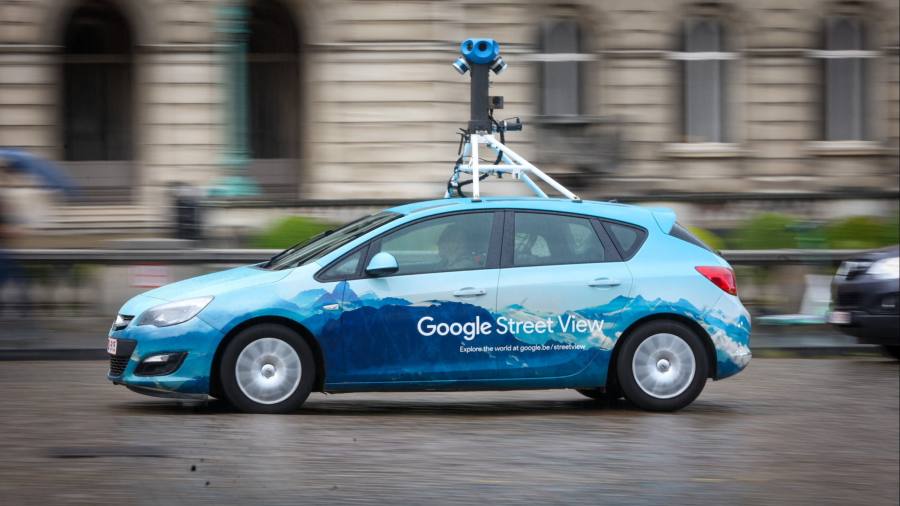Receive free Artificial intelligence updates
We’ll send you a myFT Daily Digest email rounding up the latest Artificial intelligence news every morning.
The writer is a professor at MIT, where he directs the Senseable City Lab. He is co-author of ‘Atlas of the Senseable City’.
Meet your new real estate agent: it’s a bot. Artificial intelligence algorithms can now take one look at a house — by using Google Street View, for example — and predict its price with striking accuracy. Yet what the technology will see, and what it will miss, could skew the property market.
Visual inspections are a key factor in real estate. Agents use data to assess a home — the building’s layout, prices for comparable properties and neighbourhood amenities — but they also need to visit in person.
Skilled professionals see clues everywhere: potholes and storefronts, the models of cars and the types of crowds in the area, which all contribute critical insights into how to value homes. This street-level assessment is especially important in spotting up-and-coming neighbourhoods: cafés and beanie-clad yuppies can identify a popular destination long before prices do.
Increasingly, visual AI can follow the same signs on a much larger scale. To train a real estate bot, our lab at MIT used pictures of 20,000 houses around Boston, as well as data that measured how their prices changed over time. Our “deep learning” model used this information to identify the correlations between visual features of the houses and changes in their values. When other variables were added — such as structural information and neighbourhood amenities — our algorithm was able to make very accurate predictions of how prices would change over time.
This is just the beginning. In a recent paper, we widened our scope, using 27mn street view images across the US. We discovered that visual AI is also remarkably effective at predicting many aspects of a neighbourhood’s profile, including poverty, crime and public health. The next step would be to use publicly-accessible images from real estate websites and social media to apply the same analysis inside — detecting a fancy kitchen or a renovated bathroom.
Such technologies — coupled with broader indicators, such as mortgage rates — could soon grow to be a powerful asset for the industry. Since Zillow launched its “Zestimate” in 2006, companies have competed to use data such as square footage, location, and nearby transactions to predict home prices. The algorithms are accurate, often within a few percentage points, and have democratised access to appraisals and reduced price uncertainty.
But the rise of algorithmic real estate is not without risks. Homes are often unexpectedly over and undervalued, and AI could confirm those biases — against properties belonging to racial minorities, for example. In 2018, Zillow launched “Offers”, a service that allowed users to sell their homes at the push of a button for an algorithmically set price. Critics accused Offers of speculating and affecting markets. But the technology was more inept than insidious: the program appeared to have been buying high and selling low, and suffered an expensive collapse.
Another concern is that predictions could turn into prophecies. Remember Goodhart’s law: when a measure becomes a target, it ceases to be a good measure. In other words, if you thought that your neighbours were judgmental about the state of your front lawn, get ready for the bots. Imagine a dystopian future where everyone repaints their house a specific colour to game the system and impress the Google Street View Car.
The time has passed for deciding whether or not to use these technologies. Instead, to best use the visual AI coming to our streets, we will need both regulation and experimentation. One hope comes from multiplying the number of bots, which should prevent a single imperfect algorithm from having too much sway. But it will ultimately be up to us to assess what the new, silicon eyes show us. After all, visual AI can predict a lot about the world, but only humans can imagine a different, better one.
Read the full article here



